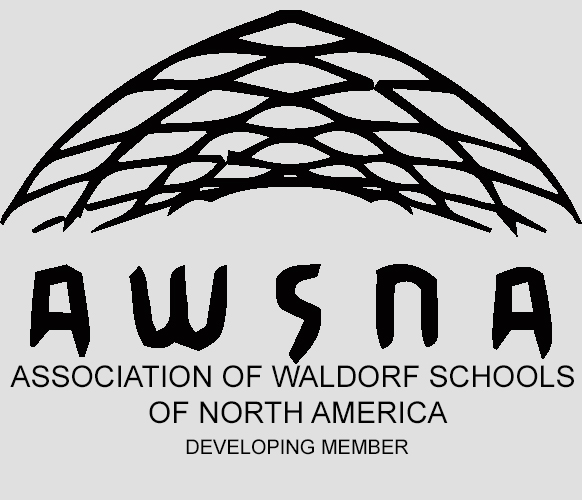From Farm and Forest Kindergarten Teacher Lindsay Miles:
The Farm and Forest children have come through the winter where we warmed ourselves by fire, drank tea we made from the trees we visited in the forest, and found shelter from the very cold in the yurt. Now, they bask in the glory that is spring.
The cold winds and snowy land brought good work and big movements where the children shoveled, went sledding, and moved through campus covered in snow gear, wool socks, and the occasional toe and hand warmer.
Now that the weather has changed and the children are eager to shed their bulky layers to run free, we can see how much growth has happened for each and every child. Their pants are just a tad too short, the sleeves of their rain jackets just barely touch their wrists, and new shoes are arriving daily as their feet have grown out of the shoes they wore when they first began their days in Farm and Forest.
Spring time has brought a new connection with the earth. Where in winter it was a hard and often snowy ground when we began our morning circle with “Here is the Earth and here is the sky...,” now the earth has softened, and as we stomp our feet are greeted with warm mud and grass that is beginning to turn green. Our circles outside give us a chance to really experience the words we recite and the songs we sing. As we are “four little chickadees sitting in a tree, one flew away and then there were three” we can hear their call from the perch of our bird feeder. As we recite “in the heart of a seed buried deep so deep, a dear little plant lies fast asleep,” we can look over at our garden and truly see the seeds beginning to sprout.
The snowmen and snow-shoveled paths are being replaced with energetic cooperative games and creative and thoughtful creations. Some of our toys from inside the tepee have come outside for play in the sunshine. Potions are being made from mud, grass, and hay. Their airplane (a leaning tree) has them crawling up in their “seats” and traveling to the great lands of Africa and Dorchester, MA. Their building of their giant nest has begun, using grapevine we harvested from the southern Orchard. The children become beautiful birds with wreaths of feathers and wings of fallen branches.
This time of year brings a lot of energy in the children and we can meet this energy with new work to be done. This is achieved through practical jobs in the garden or woodworking activities and by giving them space to explore the changing natural world as their bodies are bigger and ready to do new things they weren’t ready to do in the beginning of the year. They are building bigger forts, climbing trees a little higher, and we will begin working on our jump-roping skills very soon!
Spring also brings a lot of farm work that the children eagerly ask to help with. We have put up a new arbor to our classroom entrance, added hay bales to be planted and to create natural borders, and we are ready to expand the goat yard. We have extended the chicken yard and have added a corn grinder where the children can make food for the chickens to eat. We are raking our classroom and the children use wheelbarrows to bring the fallen hay to their farm house they have made among the apple trees. The goats and sheep have grown from the babies they were at the start of the year. The sheep are eager to begin grazing again and to be sheared, and the goats are mischievous and playful. They love to jump up onto their new play structure and use the balance beam that was made for them over the winter.
The garlic we planted in our Soup Garden long ago in the late fall is coming up beautifully, and the children marvel at this and the other seeds we have sown. This week we are adding more garden beds to house our Tea Garden, Our Bees and Butterflies Garden, our Herb Bed, and our Medicine Wheel.
How lucky are we that we get to spend our days outside—still held in the traditional, rhythmic ways that meet our youngest students in our Waldorf school. At the same time, we are instilling a sense of love for our earth, our animals, and our classmates as we are on the land each day. We aim to cultivate a sense of flexibility and ease our movement through the day, the seasons, and the year—a skill that is so necessary as we move through this world.






